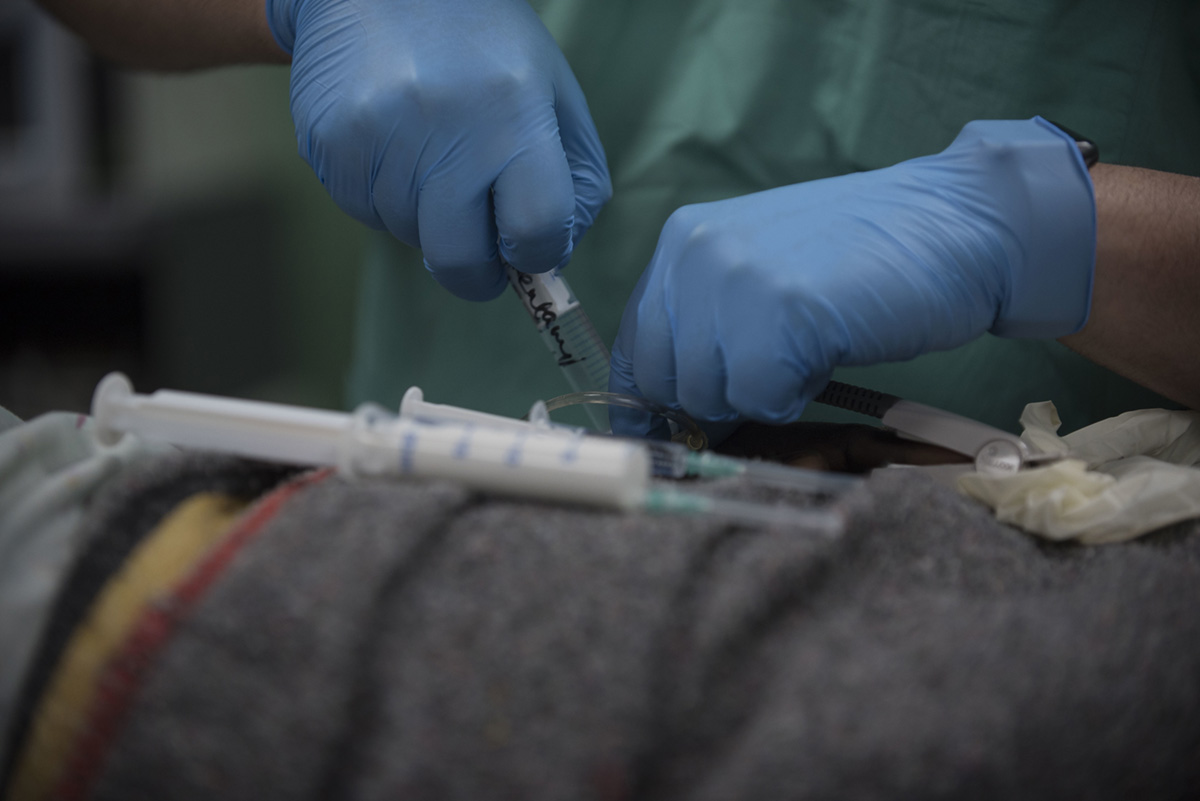
Hydrocele is a sac filled with serous fluid. It is mostly present in testicles. However hydrocele may form in other parts of the body. It occurs as a consequence of inappropriate drainage of fluid. Hydrocele does not vanish on its own. It can only progress and grow bigger in time. Even if the fluid has been removed with a needle it will reoccur so this fact leaves the only permanent solution to the problem- the surgery.
Surgical Removal of Hydrocele
Prior the surgery the patients are examined completely. Special attention is paid on the patients who have comorbidities. All the medications that are regularly taken have to be reported as well as all the allergies. The patient is explained the surgical procedure and possible risks it carries.
Surgery of hydrocele is performed under general anesthesia. In adults, if hydrocele is not too big, there is even an option of operation under local anesthesia when a patient is awake but cannot feel pain as the operated area is numb. A small incision above the hydrocele is done and the fluid is evacuated. This fluid has to be patohistoloically examined to rule out the possibility of the presence of cancer cell. This wound is then stitched. Patients are not held in hospital as this is rather small intervention. Only those who are older than 50 and have difficulties with urination suffers from additional conditions or have certain side effects of anesthesia are held for observation for few more days.
Aftercare
After the surgery of hydrocele a pain is regular symptom so patients are given painkiller orally or these medications are injected. The side effects of general anesthesia lead to clumsiness and sleepiness but its effects vanish within 24 hours. Patient is not supposed to drive and do other activities for at least two days until all the medications leave the blood stream. Stitches that are used in this surgery fall off by themselves so there is no need for surgeon to remove them. Patient is advised to keep the wound from injuries not to carry heavy objects and to abstain from sexual intercourse for at least two weeks. He/ she may return to work in two to four weeks.
Complications
Complications of hydrocele removal may be connected to general anesthesia. Still they occur rarely. Infections are also possible but they are routinely prevented by prophylactic usage of antibiotics. Bruising and edema of operated area are normal processes after the surgery. In rather rare cases there can be bleeding from the wound which if does not stop spontaneously has to be treated by another surgery. In some men infertility occurs.





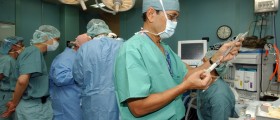

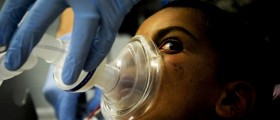





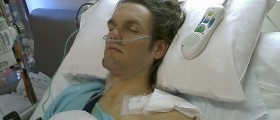

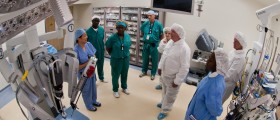

Your thoughts on this
Loading...